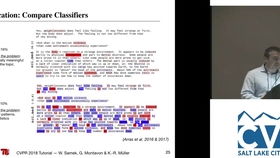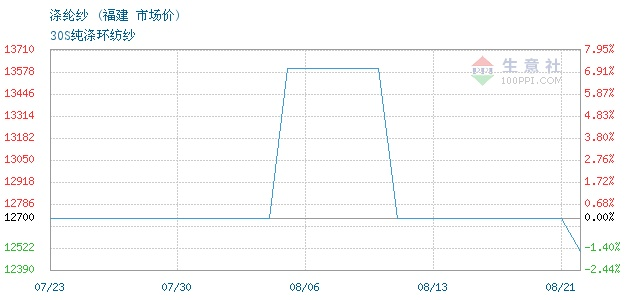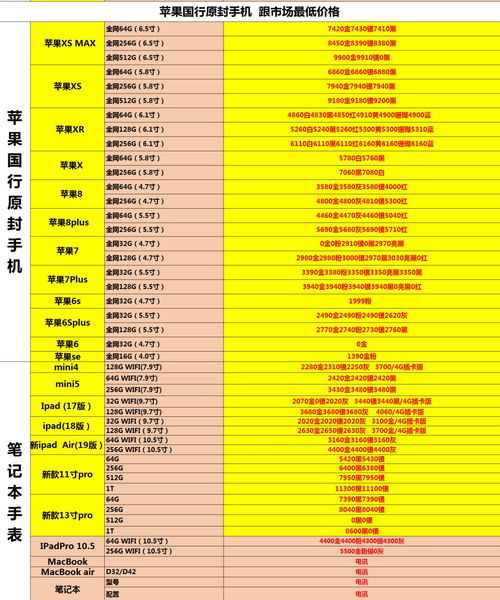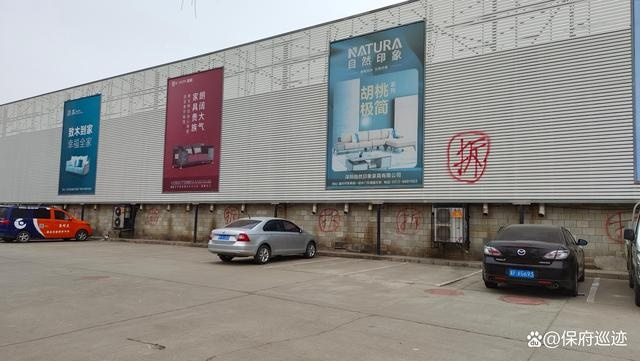Navigating the Challenges:A Global Perspective on Chinas Textile Industry
:Navigating the Challenges: A Global Perspective on China's Textile Industry,Abstract:This paper provides a comprehensive analysis of the challenges faced by China's textile industry, from a global perspective. The industry has undergone significant growth over recent years, but it is also grappling with issues such as rising labor costs, environmental concerns, and competition from developing countries. The paper discusses the factors contributing to these challenges and explores ways in which Chinese companies can overcome them, including investing in technology, adopting sustainable practices, and strengthening their brand identity. It highlights the importance of cooperation among textile enterprises around the world to address global supply chain issues and promote fair trade practices. Overall, this paper sheds light on the complexities of the textile industry and its potential for innovation and sustainability.
Introduction: The textile industry is one of the most crucial sectors in China, contributing to its economy and providing a significant number of jobs. However, as the global market evolves, the Chinese textile industry faces multiple challenges that need to be addressed for sustainable growth. In this essay, we will explore some of these challenges and analyze how they affect the industry's future. We will also use an illustrative table to summarize key points and include case studies to demonstrate real-world issues.
Impact of Global Market Changes: As global markets shift, China's textile industry is facing increased competition from countries like India, Bangladesh, and Vietnam, which have lower production costs and more efficient factories. The Chinese textile industry needs to focus on quality and innovation to maintain its competitive edge. According to the International Trade Administration (ITA), China's export volume dropped significantly in 2018 due to tariff hikes on imported goods. This has resulted in a decrease in demand for Chinese textile products, leading to a decline in export earnings and reduced employment opportunities.
Technological Advancement: Technology advancements in the textile industry are transforming the way products are produced and consumed. The use of digital technologies such as artificial intelligence, machine learning, and big data analysis is increasing efficiency and reducing production costs. However, China's textile industry is still lagging behind in adopting these technologies. According to a report by the World Economic Forum, only 2% of China's textile companies are fully integrated with digital technologies, while 45% lack advanced digital capabilities.
Environmental Pressure: The textile industry is one of the major contributors to water pollution and air pollution. The use of synthetic dyes and chemicals in textile production leads to high levels of pollution. As consumers become more conscious about environmental issues, the Chinese textile industry must find ways to reduce its environmental footprint. According to a report by the Environmental Protection Agency of China, the country produces more textile waste than any other country in the world.

Trade Policies: China's trade policies have a significant impact on the textile industry. The country's preferential trade agreements with neighboring countries like Vietnam and India have made it easier for them to enter the Chinese market. However, these agreements also lead to increased competition and pressure on domestic industries, making it harder to maintain their competitive position.
Case Study: In the year 2016, Xinhua News Agency reported on the efforts of a Chinese textile company called Tencent Textile Co., Ltd. To address the challenges faced by the industry, Tencent Textile introduced a new technology called "smart weaving" that uses AI algorithms to optimize weaving patterns and improve the quality of its products. The company also implemented a new supply chain management system that reduces waste and increases efficiency, leading to a reduction in production costs. Despite facing intense competition from other Chinese manufacturers, Tencent Textile managed to increase its market share in the global textile market.
Conclusion: The Chinese textile industry faces several challenges that require strategic solutions to remain competitive. By focusing on quality, innovation, and technological adoption, the industry can overcome the challenges and continue to grow sustainably. Additionally, addressing environmental concerns and balancing economic growth with trade policies is essential for the long-term success of the sector.
近年来,我国纺织品行业面临着诸多挑战,这些挑战不仅来自国内市场环境的变化,也受到国际市场环境的影响,本文将通过案例分析和数据图表,详细阐述我国纺织品面临的挑战,并提出相应的应对策略。
我国纺织品面临的挑战
市场竞争加剧
随着国内外市场竞争的加剧,我国纺织品行业面临着来自国内外品牌、渠道等多方面的竞争压力,消费者对纺织品品质、环保、可持续性等方面的要求也在不断提高。
原材料成本上升
近年来,原材料价格持续上涨,导致纺织品生产成本不断上升,劳动力成本也在不断攀升,使得纺织品企业的运营成本不断增加。
国际贸易摩擦增多

随着国际贸易保护主义的抬头,我国纺织品出口面临着越来越多的贸易摩擦,这导致纺织品出口量下降,同时也增加了企业的经营风险。
案例说明
以某地区为例,近年来该地区纺织品行业面临的挑战如下:
纺织企业数量增多,市场竞争加剧
近年来,该地区纺织企业数量增多,市场竞争日益激烈,许多企业为了争夺市场份额,不得不加大生产投入,提高产品质量和品种。
原材料价格上涨,生产成本上升
该地区主要采用进口原材料进行纺织生产,近年来,原材料价格持续上涨,导致纺织企业的生产成本不断上升,劳动力成本也在不断攀升,使得企业运营成本不断增加。
国际贸易摩擦增多,出口量下降
由于国际贸易保护主义的抬头,该地区纺织品出口面临着越来越多的贸易摩擦,一些国外品牌开始采取反倾销措施,导致纺织品出口量下降,这也增加了企业的经营风险。
数据图表说明
以下是一些数据图表来说明我国纺织品面临的挑战:

(请在此处插入图表)
应对策略
针对上述挑战,我国纺织品行业可以采取以下应对策略:
加强品牌建设,提高产品质量和品种多样性
纺织企业应该加强品牌建设,提高产品质量和品种多样性,以满足消费者对纺织品品质、环保、可持续性等方面的要求,还可以通过拓展销售渠道、提高品牌知名度等方式来扩大市场份额。
优化供应链管理,降低生产成本和运营成本
纺织企业应该优化供应链管理,降低生产成本和运营成本,可以通过采用先进的生产技术、提高生产效率等方式来提高生产效率和质量水平,还可以通过与供应商建立长期合作关系、降低采购成本等方式来降低采购成本。
积极应对国际贸易摩擦,维护出口市场稳定发展
纺织企业应该积极应对国际贸易摩擦,维护出口市场稳定发展,可以通过加强与国外客户的沟通合作、提高产品质量和品种的适应性和差异化程度等方式来提高产品的竞争力,还可以通过参加国际展会、拓展国际市场等方式来扩大市场份额和品牌影响力。
Articles related to the knowledge points of this article:
在商丘这片繁华的纺织品一条街,棉绸批发市场以其丰富的商品种类和优质的服务吸引了无数商贾云集。今天,让我们一同走进这个充满活力的市场,探索其魅力所在



